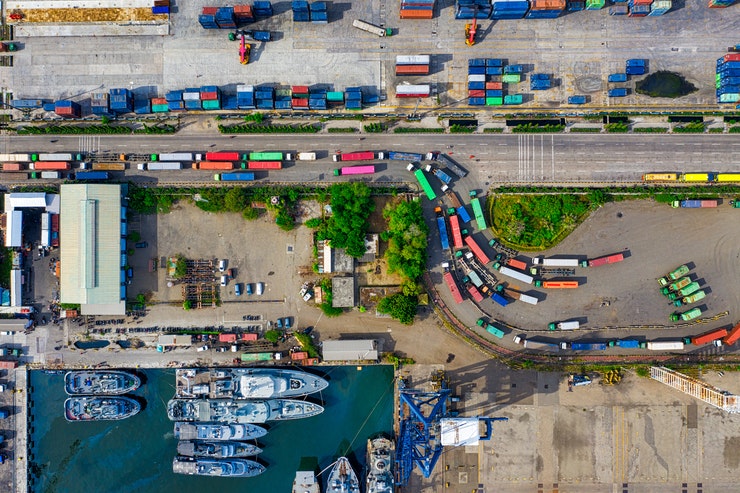
Photo by Tom Fisk from Pexels

Despite the challenges, the freight forwarding market seems to be headed for a rebound in the medium term due to positive indicators in global trade amidst the pandemic, according to an analysis by Transport Intelligence.
The report pointed to IMF forecasts saying global trade levels are now projected to reach pre-pandemic levels in 2021 as consumer demand has remained strong throughout the pandemic.
Whilst restrictions and lockdowns have decimated the services industry, the report pointed out that these measures brought about a healthy demand for consumer goods, such as laptops, gym equipment and DIY goods, with e-commerce providing a crucial sales outlet.
State support schemes have also limited unemployment rises and kept consumer spending reasonably solid.
Also read: New customs transit system seen as boon by freight forwarders in Southeast Asia
On transpacific lanes, trade growth has comfortably surpassed pre-pandemic levels and could support the view of global trade and freight forwarding recovery in the near future.
Andy Ralls, who wrote the analysis, said that rather than reversing globalisation, the pandemic and trade war could spur supply chains to diversify and restructure.
“[This] will benefit different trade lanes and could lead to interesting dynamics in Asia, where some countries will attempt to provide greater competition for China,” he added.
He said that whilst near shoring poses a threat air and sea freight forwarders’ volumes and is more favourable to land-based transport options, it also presents challenges in the mid-term.
“Whilst some level of supply chain re-structuring appears likely post-COVID, trading conditions are expected to remain largely conducive to air and sea freight forwarding growth over the medium term.”
But Ralls noted that the tight capacity seen this year in both air and sea freight forwarding markets could continue in the years ahead and potentially weaken growth in each market.
In sea freight, carriers have consolidated and formed successful alliances, enabling them to cut capacity during the pandemic and keep rates at high levels.
“This trend, although likely not to the same extent, could continue in the years ahead, pushing some shippers to consider other modal options, such as rail or sea-air,” the report read.
Capacity in the air freight market, meanwhile, has been reduced involuntarily due to lack of air travel, which resulted to grounded planes and reduced belly hold capacity.
The report said that this lack of capacity has pushed shippers towards other modal options and could constrain the ability for air freight volumes to bounce back.
“Given the constraints in capacity, air freight is unlikely to see such a sharp boost next year.”
Inventory re-stocking cycles, characterised by rapid growth in new export orders, have provided a boost to air freight over the past decade, but this year the re-stocking that did take place was operated by sea freight and integrators (with their own international air networks).
“Air freight did not accelerate substantially alongside the uptick in new export orders as it had done on previous occasions. Ultimately, if we see further increases in demand going into 2021, air freight may not be able to fulfil all of it in the same way it has done in previous re-stocking cycles. Much depends on whether passengers feel safe flying again in 2021,” Ralls added.
But it’s not all doom and gloom. Transport Intelligence says both modes of freight forwarding should see a strong boost from the growth of cross-border e-commerce, as well as the healthcare and pharmaceutical sector.
“With the roll-out of a number of vaccines looking likely, volumes moved by air are likely to increase,” the analysis report added.









